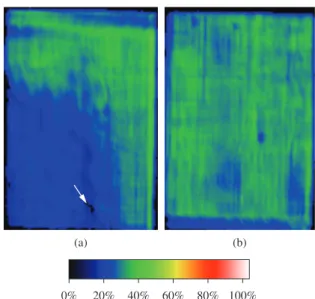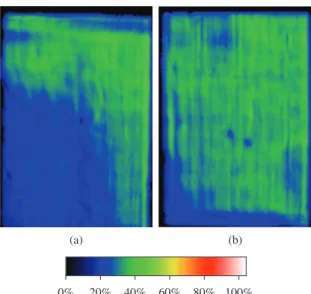Assessment of cumulative damage by using ultrasonic C-scan on carbon fiber/epoxy composites under thermal cycling
Texto
Imagem


Documentos relacionados
This study investigates the influence of the adhesive (epoxy resin) thickness and the dispersions of non-functionalized carbon based nanostructures (carbon nanotubes - CNT)
In the present work the ballistic performance of MASs using coir fiber mantle, Figure 1, reinforced epoxy composites, as second layer, was for the first time compared to similar
The aim of this study was to evaluate the morphology of different fiber post types (glass, carbon or glass/carbon) and the bond strength to self or dual-cured resin luting agents
The aim of this study was to evaluate the stress distribution in radicular dentin and an intracanal post of a maxillary canine restored with either a carbon fiber post, glass
The volume fraction of the voids for the hybrid rods was 5 – 10 times higher than that of conventional carbon fiber reinforced thermosetting polymer (epoxy) matrix composites.. For
Thermal and mechanical properties of single-walled carbon nanotube bundle- reinforced epoxy nanocomposites: the role of solvent for nanotube dispersion.. Composites Science
Thus, the objective of this work was to process nanostructured composite materials based on formulations containing different quantities of multiwalled carbon nanotubes in an
nanotubes effect as interlayer into carbon/epoxy laminated composites, five different CNTs forests were grown in situ.. into the plain weave